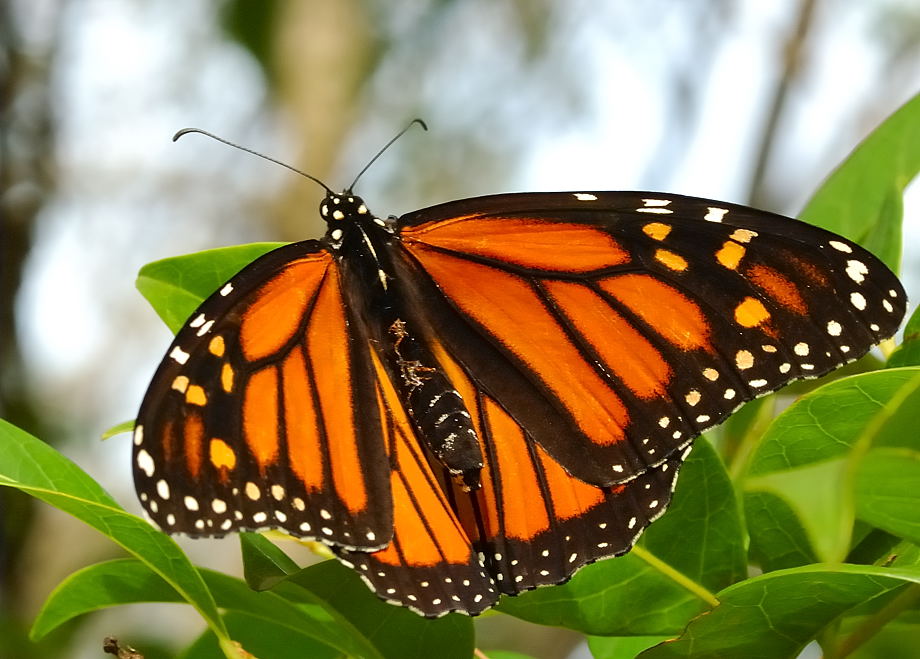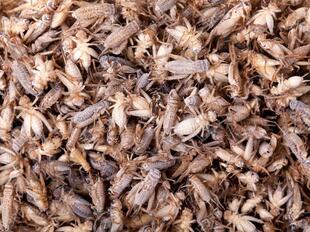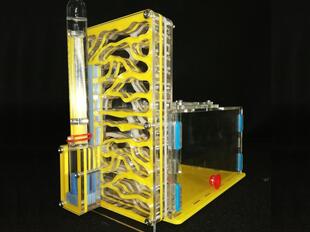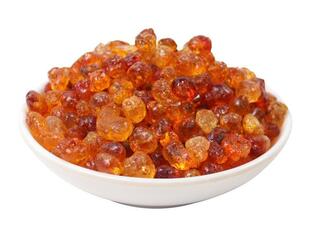
Danaus plexippus (Danaus plexippus)
Phylum —arthropoda
Class —insecta
Order — lepidoptera
Family —nymphalidae
Genus –danaus
Appearance
The newborn caterpillar is pale green with a black head. The older caterpillars are white with black and yellow rings all over the body. They have two long black growths on the head and back of the body.
The wingspan ranges from 8.9 to 10.2 centimeters (3.5–4.0 in). Both male and female are bright orange with black borders and black veins. The veins on the female are thicker than those of the male. Male monarchs also have a swollen pouch on both of their hind wings.
Danaus plexippususe their appearance to ward off predators. Orange is considered a warning color, which will warn predators that butterflies are poisonous, and not to attack them. From a distance, butterflies can blend into their surroundings. Sometimes, their spots will appear to be the eyes of a larger animal, and will ward off predators.
Habitat
Danaus plexippus ranges from North and South America and the Caribbean to Australia, New Zealand, the oceanic islands of the Pacific, Mauritius, the Canary Islands of the Atlantic, and, most recently, Western Europe.
Behavior
It demonstrates daily activity. The flight is slow.Danaus plexippus are poisonous to vertebrates. Their poison comes from the milkweed they feed on.
Like birds, Danaus plexippus follows a pattern of seasonal migration. There are two distinct populations in the North America, those that breed in the East and those that breed in the West. Each autumn millions of these butterflies leave their breeding grounds and fly to overwintering sites. The Eastern population overwinters in the volcanic mountains of eastern Michoacan in central Mexico. The Western breeders spend their winters along the California coast. Similar migratory behavior has been observed in Costa Rican and Australian populations.
Monarchs live for no more than two months, except for the late summer generation, which migrates. These butterflies can live for seven months or more.
Diet
The larva feed on a wide range of milkweeds of the genus Asclepias. From these plants they acquire and store cardiac glycosides, secondary plant compounds that protect them from predation. The adults of the species forage for flower nectar.
Reproduction
For their reproduction you need a mesh cage with a size of 50 x 50 x 70 cm. Females lay eggs one at a time on the lower part of the leaf of the forage plant. The eggs are oval, light yellow. It is better to keep the caterpillars in mesh cages for 6-8 insects and provide them with a large amount of food. In the cage, you need to place a branch of the forage plant. Forage plants should be replaced every 3-4 days.The temperature is 22-25 oC at the humidity of60-70%. The pupae are ovate and smooth. They are pale green with a double chain of tiny black and golden dots on the convex underside. The pupal stage lasts 8-15 days. The development cycle takes 25-49 days, depending on the temperature.The butterfly lives 2-5 weeks.
In captivity
The mesh terrarium with a size of 50 × 50 × 70 mm is suitable for keeping butterflies. Room temperature is necessary. Daylight time is 12 hours. You can feed the butterflies with an overripe banana or give them a syrup of honey diluted with boiled water in a ratio of 1:10.
 Russian
Russian
 English
English


















